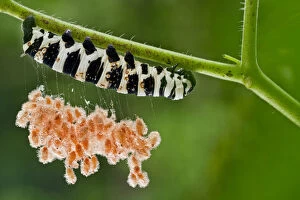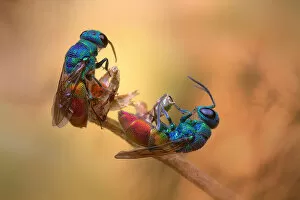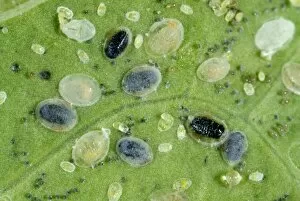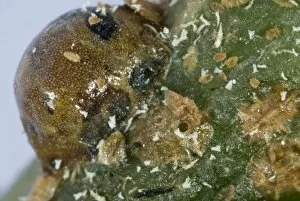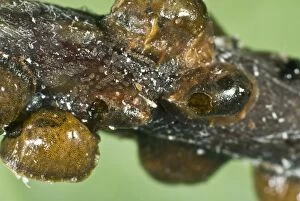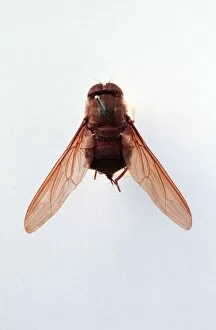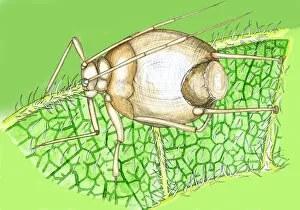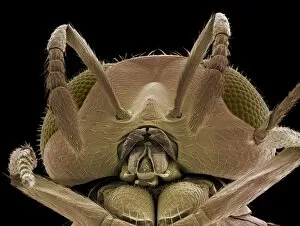Parasitoid Collection
"Nature's Intricate Dance: The Fascinating World of Parasitoids" In the intricate tapestry of nature
All Professionally Made to Order for Quick Shipping
"Nature's Intricate Dance: The Fascinating World of Parasitoids" In the intricate tapestry of nature, a brush-footed butterfly caterpillar unknowingly becomes a host to parasitic wasp cocoons delicately suspended on silk threads. These jewel wasps, masters of manipulation, lay their eggs inside unsuspecting victims like the Palingenia longicauda or cabbage whitefly larvae. Witness the remarkable sight of an adult parasitoid wasp, Encarsia tricolor, skillfully depositing her eggs in the protective scales of cabbage whitefly larvae. This tiny warrior ensures its offspring have a ready-made feast as they hatch and consume their hosts from within. The leaf mines left behind by agromyzid leaf miner larvae in smooth sow-thistle leaves reveal yet another chapter in this captivating saga. Within these tunnels lie hidden secrets and potential hosts for future generations of parasitoids. A small white butterfly caterpillar named Pieris rapae falls prey to Cotesia glomerata, a cunning parasitoid wasp that injects its own eggs into the unsuspecting larva. As time passes, these tiny invaders grow and emerge victorious while leaving behind nothing but empty shells. Behold the astonishing sight of larval scales belonging to cabbage whiteflies being mercilessly overtaken by Encarsia tricolor once again. This relentless cycle continues as these adult parasitoid wasps tirelessly seek out new hosts to ensure their survival. Even commercial biological control comes into play with Encyrtus infelix taking center stage. With precision and purpose, this specialized parasitoid lays its eggs within scale insect host pests under controlled conditions—providing an eco-friendly solution for pest management. As we marvel at these intricacies woven into our natural world, let us appreciate how parasites become architects of balance and harmony. Through their existence and interactions with other species like butterflies and insects alike, they remind us of the delicate interconnectedness that sustains life on our planet.

